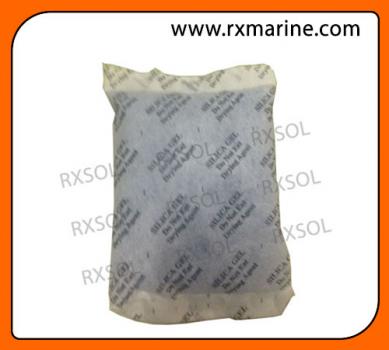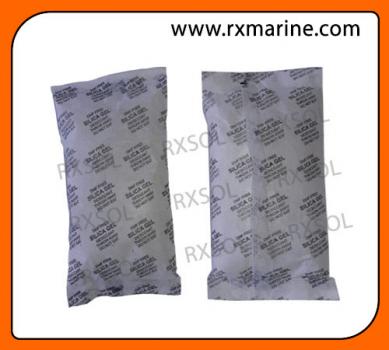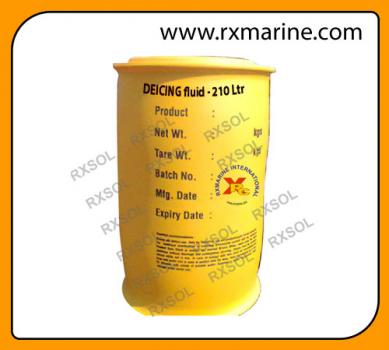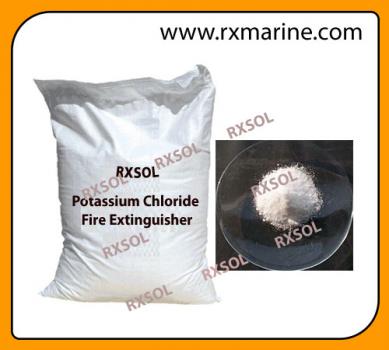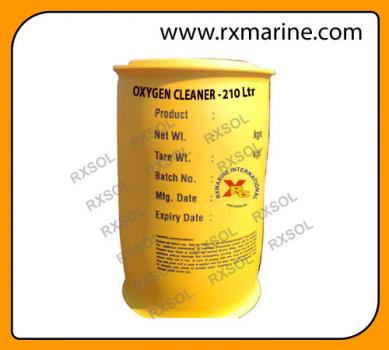Karl Fischer titration is simply a method for quantifying water content of samples. The fundamental principle behind this reaction is based on the Bunsen reaction between compounds such as iodine, sulphur dioxide to form sulphuric acid and hydrogen iodide. Karl Fischer initiated a new method based on Bunsen’s reaction. He discovered that the reaction could be modified for determining water in a non-aqueous system containing an excess of sulphur dioxide in the presence of a suitable base. He used a primary alcohol (methanol) as the solvent and a base (pyridine) as the buffering agent.
What is the Karl Fischer Reaction?
(1) CH3OH + SO2 + RN [RNH]SO3CH3
Reaction-1: is where the alcohol reacts with sulphur dioxide (SO2) and base to form an intermediate alkylsulfite salt
(2) H2O + I2 + [RNH]SO3CH3 + 2RN [RNH]SO4CH3 + 2[RNH]I
Reaction-2: is the oxidation step where the intermediate is then oxidised to an alkylsulphate salt. This reaction consumes water.
Water and iodine are consumed in a 1:1 ratio. Once all of the water present is consumed, the presence of excess iodine is detected by the indicator electrode. That signals the end-point of the titration. The amount of water present in the sample is calculated based on the concentration of iodine in the Karl Fisher titrating reagent and the amount of Karl Fisher Reagent consumed in the titration. Depending on the type of base used the rate of reaction will vary. Classic Karl Fischer reagents contained pyridine, a noxious carcinogen, as the base. Due to its weak basicity the reaction is slow and the end point is not stable. The most common base used today is imidazole where greatest accuracy and repeatability can be achieved. Coulometry is an absolute technique so standardisation of Karl Fischer reagents is not necessary.
Coulometric Titration Method
In coulometric Karl Fischer, iodine is generated electrochemically in situ during the titration.
The anolyte contains iodide, sulphur dioxide, bases and solvents such as methanol. Electrolytic oxidation occurs when a sample is added to this anolyte.
Iodine is generated at the anode of the titration cell as shown in formula (3)
(3) 2I--2e ---> I2
Stoichiometrically, 1 mole of water will react with 1 mole of iodine, so that 1 milligram of water is equivalent to 10⋅71 coulombs of electricity





